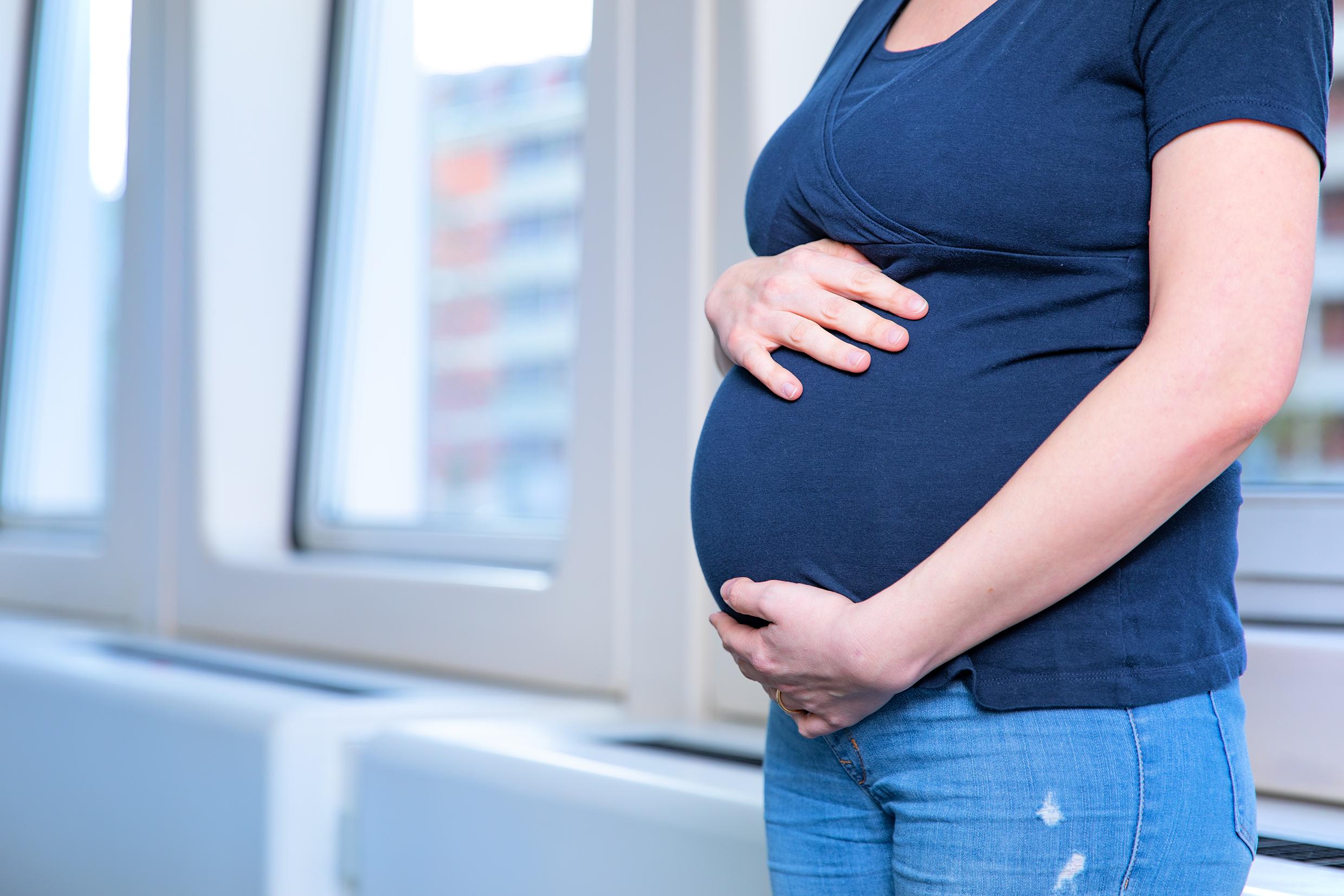An MHH research team is investigating the influence of the hormone producer on the development of pre-eclampsia during pregnancy.

Pre-eclampsia is one of the most common diseases in expectant mothers during pregnancy. MHH researchers are investigating what role the corpus luteum plays in a complication-free pregnancy. Copyright: Karin Kaiser / MHH.
Pre-eclampsia - formerly also known as pregnancy poisoning or gestosis - is one of the most common diseases affecting expectant mothers. It occurs in around five per cent of all pregnancies and can even be fatal if left untreated. The exact causes for the development and progression of the disease have not been fully researched and there are no specific treatment options. However, the so-called corpus luteum, which releases various hormones that are important for the smooth progression of the pregnancy, appears to play an important role. The hormone producer known as the corpus luteum is produced in the ovary after ovulation from the ruptured follicle. Among other things, it produces progesterone, which is also known as the corpus luteum hormone and ensures that the lining of the uterus thickens so that a fertilised egg can implant. If the corpus luteum is missing or too weak, the risk of pre-eclampsia increases significantly.
A research team led by Professor Dr Frauke von Versen-Höynck, Senior Physician at the Department of Obstetrics and Gynaecology at Hannover Medical School (MHH), is now investigating the regulatory influence of the corpus luteum on a complication-free pregnancy. An intact uterine lining, which transforms into the so-called decidua during pregnancy, is important for the successful implantation of the embryo, among other things. The researchers want to find out how the different cell types of the decidua have to communicate with each other and what role the hormone relaxin produced by the corpus luteum plays in this process. The project "The regulatory significance of the corpus luteum and relaxin for the decidua" is being carried out in cooperation with the University Hospitals of Düsseldorf and Jena and is being funded by the German Research Foundation (DFG) with around 860,000 euros over three years.
Remodelling of the uterine lining is disrupted
The risk of pre-eclampsia is increased in women who become pregnant with the help of artificial insemination, among other things. "Such assisted reproduction techniques are increasingly being used worldwide and can enable pregnancy even without a corpus luteum forming," emphasises Professor von Versen-Höynck, project leader and head of the Reproductive Medicine and Molecular Perinatology working group. The course for the disease is already set in the early phase of pregnancy and possibly even before it occurs. In affected women, the remodelling of the uterine lining, to which the placenta later attaches, can be disrupted. This process, known as decidualisation, is a prerequisite for the embryo to implant smoothly and be supplied with oxygen and nutrients.
Comparison of tissue with and without corpus luteum
"In our project, we are looking at how the connective tissue cells of the uterine lining, the endothelial cells lining the blood vessels and the trophoblast cells of the developing placenta interact," says Professor von Versen-Höynck. A comparison of tissue samples from the uterine lining of pregnant women with and without corpus luteum should provide information on exactly how the hormone relaxin controls the communication between the cells.
In an ongoing research project, also funded by the DFG, Professor von Versen-Höynck and her team are also investigating and comparing placenta and uterine mucosa samples from pregnancies that occurred with and without corpus luteum and that proceeded normally or led to pre-eclampsia. "Our aim is to know more about the exact course of pre-eclampsia and thus provide the basis for adjusting the biochemical balance for undisturbed remodelling of the uterine lining before artificial insemination," says the senior physician.
Keyword pre-eclampsia
Pre-eclampsia occurs in the second half of pregnancy and causes high blood pressure, often associated with increased protein excretion in the urine. Severe obesity and advanced maternal age, as well as pre-existing high blood pressure or multiple pregnancies, are among the risk factors. In particularly severe cases, liver and kidney dysfunction and seizures can follow. Due to reduced blood flow to the placenta, the disease leads to reduced growth and lower birth weight in the unborn child in the womb. It is therefore often necessary to induce premature labour in order to protect mother and child from life-threatening complications.
Text: Kirsten Pötzke